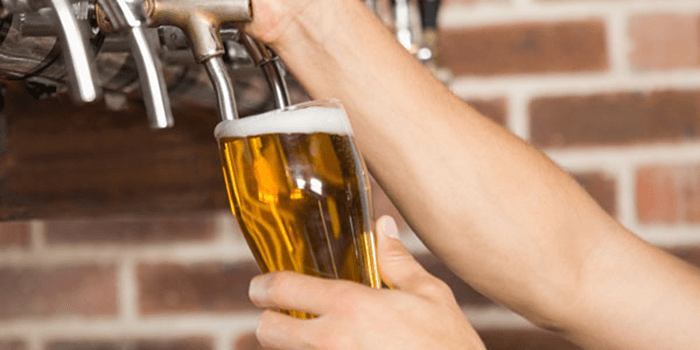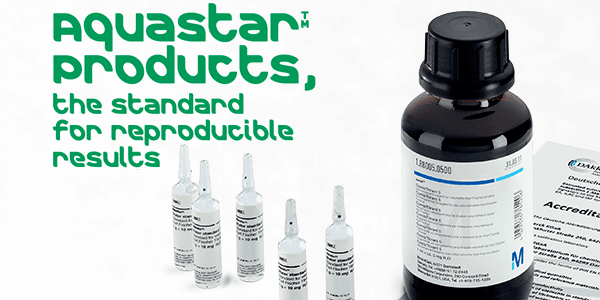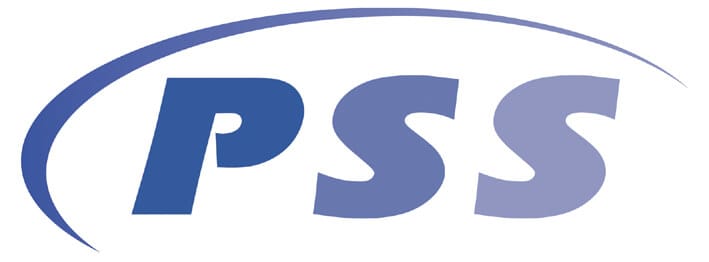Propylene Glycol (PG) can be used as a food additive and is widely accepted as safe for human consumption at low levels. The WHO (World Health Organisation) have set the maximum permissible daily intake of propylene glycol as a food additive at 25 mg/kg bodyweight. PG comes in several grades with Food Grade PG, often used in the external chilling systems of breweries, as well as icecream production, amongst others. The brewing industry standard requires that PG used within the chilling system must be food grade at a concentration no less than 25% by volume. This mix of PG and water enables the brewer to achieving cooling temperatures between -2.7 and -3.3°C (25-27°F). Contamination of beer can occur due to a damaged vessel wall or pipework, resulting in PG from the coolant jacket entering the beer stream. In Europe, authorities are very cautious about acceptable uses of PG within the cosmetics and food industry and is limited to mostly non-food applications. Those that are permitted are very limited and it is not currently approved for the addition to beer. There is, however, an EU 1 g/kg limit in food (additive number E1520).







